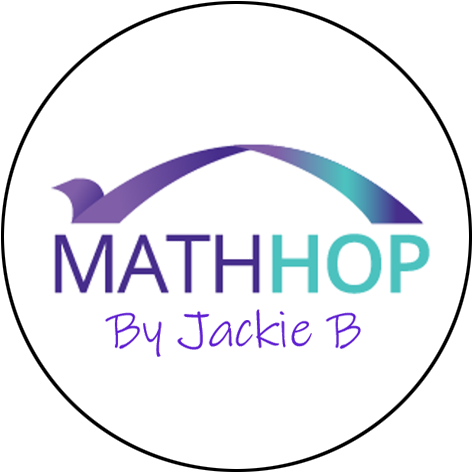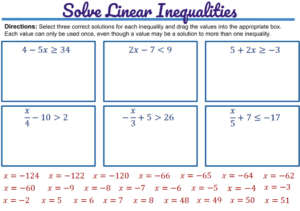It is July and that means teachers are already thinking about the upcoming school year (and have been for quite some time). While us teachers are in back-to-school mode right after the 4th of July most years, this upcoming school year has even more reason to consume our thoughts. Most schools are starting in early to mid-August and if your school is like mine, there is no set plan of what school will look like in a few short weeks.
So, what do we do? Plan for in-person learning? Plan for more remote or online learning? My answer is yes. Let’s plan for both in-person and remote learning. And if you think about it, unless you’re teaching a new prep this year, you’re mostly prepared for in-person learning. I say mostly because if you’re like me, you tweak your scope and sequence, warm-up or bell ringer activities, and performance-based tasks each year. For me, I am already rewriting my first 3 weeks of warm-up activities for my Algebra 1 kiddos… because I know they will walk in needing help with operations with integers, the distributive property, and yes, FRACTIONS. And since my quarter 4 was entirely remote last year, I am anticipating a need for even more review. Geometry teachers: Heads up, you’re going to be reviewing/teaching a LOT of Algebra this year!
Once my warm-ups activities are tweaked, I am spending the remainder of my time on digital activities. What if we go back 100% in-person, you ask? I still argue that the digital activities we started to create for remote learning 4th quarter last year are valuable and more engaging for the students than almost any paper and pencil activity we could create.
Think about even a simple assignment or worksheet that you have. Could that worksheet be made digital? And I am not talking about buying Adobe Pro to insert editable text fields. Could you use Google Slides to make a drag and drop activity for your everyday printable assignments? This is what I am using and even though the students are still doing the same work, their on-time completion percentage is higher. Because it is interactive and therefore, more engaging.
Here is a simple Google Slides activity I made, and I added a component that raises the cognitive ability…. just a little bit.
The directions for this activity state that the students are to drag and drop (don’t ask me why but even high school students LOVE drag and drop activities) three solutions that satisfy each inequality. The caveat is that some solutions satisfy more than one inequality. The students will solve each of the linear inequalities in this activity in their notebook but when they choose three solutions that satisfy each inequality, they will need to ensure they are using the solutions that allow all of the other inequalities to also have 3 solutions (without using any values twice). The activity contains 12 linear inequalities for the students to solve, but this activity does involve more than just solving some inequalities because there is an element of “analyzing” the solutions. Once I made this activity, I started brainstorming a list of assignments that would make great drag and drop activities. I looked at my scope and sequence highlighting topics in each quarter where I felt I could make a solid drag and drop activity and once my list was complete, I got to work. I have a few so far…but summer is not quite over, so I have some time. All my activities can be found on my Teachers Pay Teachers store MathHop_by_JackieB.
So, what is the first digital activity you will create?


